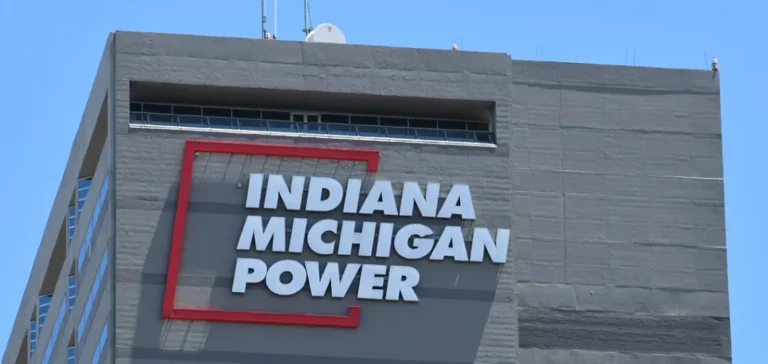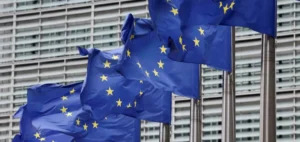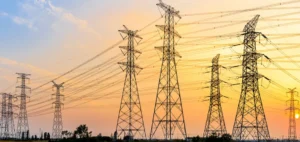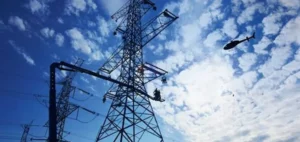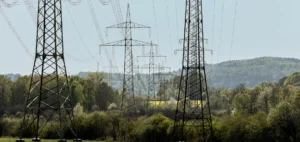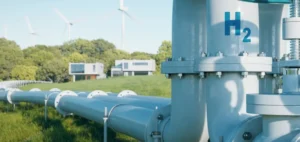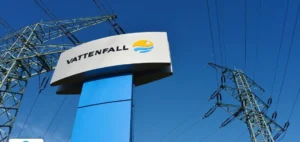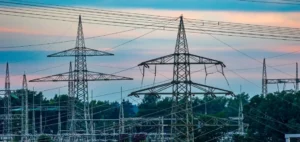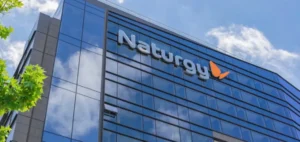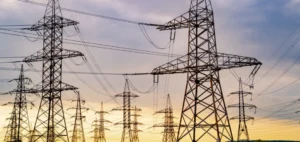Indiana Michigan Power, a subsidiary of American Electric Power, has submitted a joint contract with Google to the Indiana Utilities Regulatory Commission (IURC), focusing on the implementation of a Demand Response structure. This collaboration seeks to enhance the interconnection of the local grid as industrial growth and the construction of a major data centre in Fort Wayne increase pressure on existing infrastructure.
Demand flexibility to support the grid
The contract stipulates that Google will adapt its operations by shifting or reducing its electricity consumption during peak demand. This approach, already utilised by some industrial clients, will allow Indiana Michigan Power to manage its capacities more effectively, limit the use of costly production methods and maintain supply for all its customers. Google will thus have new levers to adjust non-urgent processes when the grid is under less strain.
Google’s participation, ranked among the region’s largest industrial consumers, represents an important lever to limit the need for investment in new production capacities. This mechanism is part of an approach to optimise the supply-demand balance, reducing the load on the network at critical times and helping to contain overall energy costs.
Adapting infrastructure and responding to digital challenges
Peak periods mainly occur in late afternoons and early evenings, when network demand reaches high levels. By integrating consumption flexibility into data centres, Indiana Michigan Power is anticipating increasing needs related to the development of artificial intelligence and the cloud. The Google data centre in Fort Wayne, announced with an investment of $2bn, marks a turning point for the local industrial sector and electricity demand.
Indiana Michigan Power’s production mix includes 2,278 MW of nuclear capacity, 450 MW of wind, more than 22 MW of hydropower, 35 MW of large-scale solar, and 1,497 MW of coal-fired production. The adaptation of data centres to demand flexibility aligns with a trend to strengthen the interconnection and resilience of the regional grid.
Economic challenges and strengthened interconnection
The signing of this agreement aims to limit the impact of growing digital loads on infrastructure, while ensuring the reliability and accessibility of the network for all consumers. Google’s energy management indicates that the rapid growth of artificial intelligence needs requires a proactive approach to optimising demand in order to support network stability in areas with strong industrial expansion.
The experience underway in Fort Wayne could serve as a model for other regions facing the rise of large digital projects and the need to strengthen the interconnection of electrical infrastructure.


